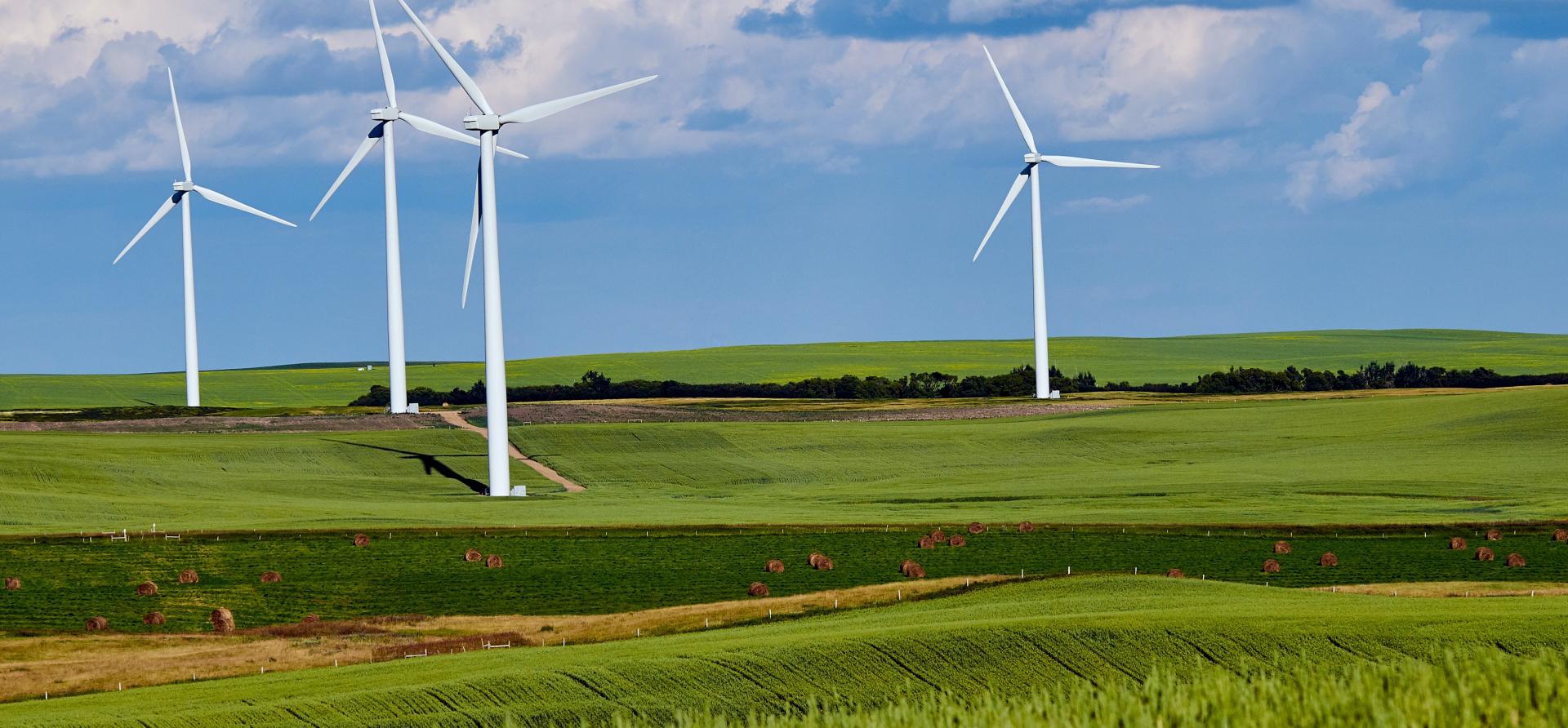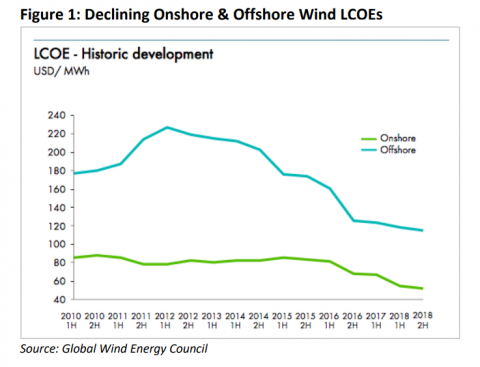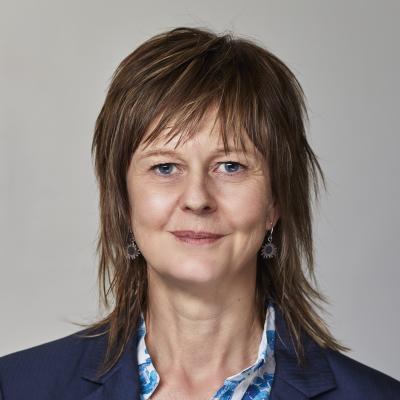A grid dominated by wind and solar is possible
Download Full Report
View Press Release

Key Findings
South Australia offers vital lessons for other jurisdictions transitioning from a fossil fuel-based electricity grid to a low emissions, high renewables grid.
Lessons from South Australia can help inform other jurisdictions on how to integrate large amounts of variable renewable energy generation and distributed energy resources into the electricity system.
South Australia provides valuable lessons for the rest of the world.
Executive Summary
South Australia (SA) is a window into the future of an electricity grid dominated by wind and solar, and backed up by storage.
Lessons from South Australia can help inform other jurisdictions on how to integrate large amounts of variable renewable energy (VRE) generation and distributed energy resources (DER) into the electricity system.
This report presents seven key lessons from the South Australian experience for other states and nations that are transitioning from a fossil fuel-based grid to a low emissions, high renewables penetration grid:
- 60% of annual demand has been provided by wind and solar and 100% in certain time periods
- Government policy and market features can drive high adoption of renewables
- Ambitious renewables plans can drive economic growth
- Wind and solar bring down wholesale electricity prices
- System reliability and security can be maintained in a high renewables grid
- Batteries can help maintain system reliability and security
- High penetrations of rooftop solar can be managed with distribution network innovation.
Please view full report PDF for references and sources.


















